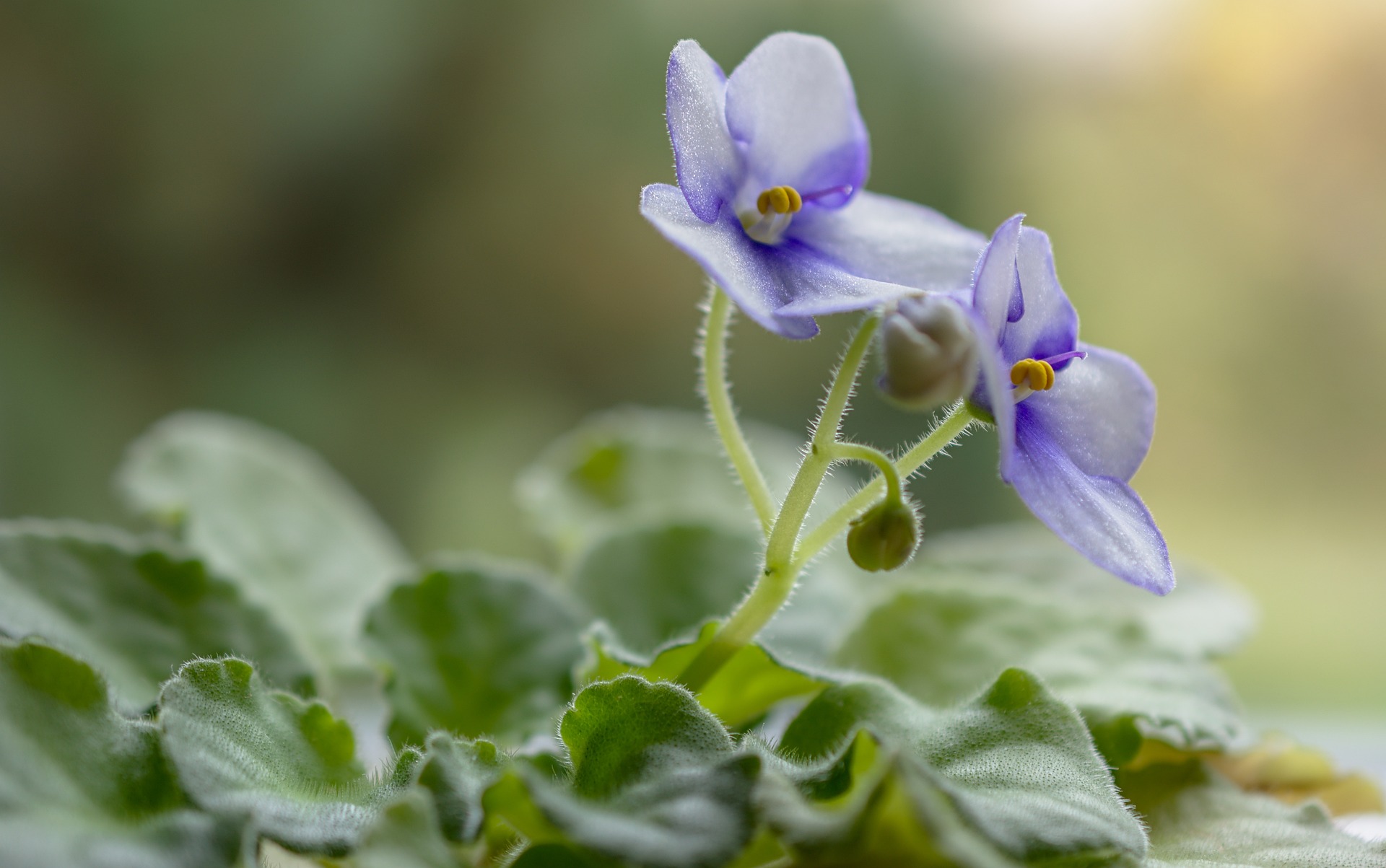African violets, also known as Saintpaulia, are the ultimate indoor plant superstars. With their soft, velvety green leaves and clusters of vibrant flowers, they’re not just easy on the eyes but also easy on the soul. And, despite what some may believe, they’re also a lot easier to care for than their delicate appearance suggests!
Whether you’re a seasoned indoor gardener or just starting out, African violets are an excellent choice. Recent breeding has resulted in a wider range of new flower colors, forms, and foliage options, making these plants a versatile and collectible option for indoor gardeners.
Now, it’s time to explore the delightful realm of African violets and discover how to give them the best possible care for optimal growth and health. Welcome to the world of African violet care!
Creating the Perfect Environment for African Violets
African violets grow best in bright, indirect sunlight and thrive in warm, humid environments. A temperature of around 70 degrees Fahrenheit is ideal, but they should be protected from temperatures below 60 degrees Fahrenheit and drafty conditions. To keep your African violets healthy, make sure to provide them with the right conditions for growth.
The Right Soil, Water, and Fertilizer
African violets need soil that is kept moist and with high humidity, but water should not come into contact with the leaves. Water the plants from below or insert the water spout directly into the soil, and avoid allowing the plant to sit in standing water. Feed your African violets with an African violet fertilizer every two weeks during the spring and summer to keep them healthy and happy.
Pruning and Repotting
African violets require minimal pruning, with the removal of dead leaves being important for maintaining the plant’s health. Deadheading, or removing dead flowers, can encourage the plant to bloom again. Repotting should only be done when necessary, using a pot that is one size larger and a potting mix specifically designed for African violets or a general-purpose potting soil.
Propagation: Multiplying Your Plants
African violets can be easily multiplied through leaf cuttings or offsets. To propagate from a leaf, choose a healthy green leaf from the bottom of the plant, cut it off at the base with scissors, trim the stem to 1/2 inch in length, and place it in a mixture of vermiculite and peat. Cover the pot with a plastic bag and place it in bright, indirect light.
Pests and Diseases
African violets may experience issues with pests and diseases, such as spider mites, mealybugs, and cyclamen mites. Common diseases such as botrytis blight, crown rot, and root rot can also affect African violets. To avoid these diseases, avoid overwatering, provide the right lighting, fertilization, and air circulation.
In conclusion, with the right conditions and attention, African violets can flourish and reward you with their stunning blooms. Although they have a reputation for being difficult to care for, with this comprehensive guide, you’ll be well on your way to growing and caring for these charming houseplants successfully.
So get ready to bring back the beauty of African violets into your home and enjoy the delicate blooms and lush leaves of these beloved houseplants.
Image: Pixabay.com
